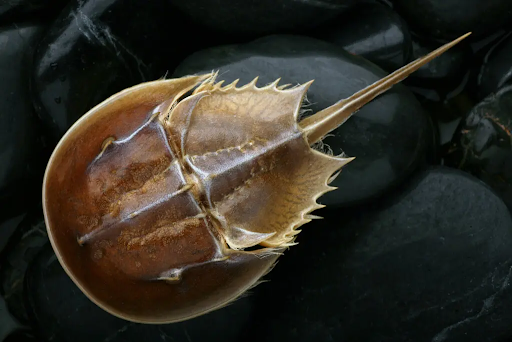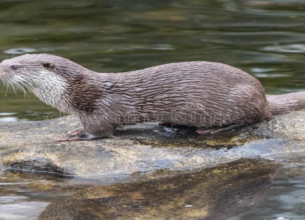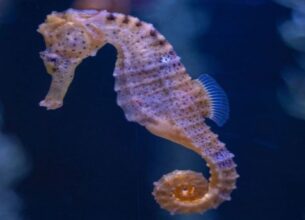Horseshoe Crabs
20, Mar 2023

Prelims level : Environment
Mains level : GS-III Environment; Biodiversity
Why in News?
- Disappearance of Horseshoe crabs off Odisha’s Coast.
Highlights:
- Members of the Odisha State Wildlife Advisory Board and scientists of the National Institute of Oceanography (NIO), Goa, appealed to the Union Ministry of Environment, Forest and Climate Change to place the horseshoe crabs on the list of marine species for which a Species Recovery Plan has to be developed.
- Horseshoe crabs appear to be disappearing from their familiar spawning grounds along Chandipur and Balaramgadi coast in Odisha.
- Scientists have also urged the Odisha government to come up with a robust protection mechanism before the living fossil becomes extinct due to destructive fishing practices.
Horseshoe Crabs:
- It is a marine chelicerate arthropod living in shallow coastal waters on soft sandy or muddy bottoms and spawns (releases or deposits eggs) mostly on intertidal beaches at summer spring high tides.
- Despite their name, these animals are not crabs at all but are related to scorpions, spiders, and extinct trilobites.
- Horseshoe crabs are an extremely ancient group and are often referred to as living fossils.
- Horseshoe crabs have been around for more than 300 million years, making them even older than dinosaurs.
- The horseshoe crab has a hard exoskeleton and 10 legs, which it uses for walking along the seafloor.
- In India, horseshoe crabs are endemic to coastal West Bengal, Odisha and Andhra Pradesh and the stretch of beaches along the West Bengal-Odisha border is home to the largest population of the species in the country.
- Estuaries, along with mangroves and mudflats of eastern West Bengal, Odisha and Andhra Pradesh are important breeding sites for horseshoe crabs.
Threats:
- According to the IUCN, all four surviving species of horseshoe crabs are at risk because of overfishing for use as food and bait, habitat loss and the production of biomedical products derived from their blood.
- Horseshoe crab blood is crucial in the preparation of rapid diagnostic reagents. All injectable medicines are tested on them.
- A molecule has been developed from a reagent of horseshoe crabs to help treat pre-eclampsia.
- Poachers kill them for their meat which is popularly believed to have aphrodisiac qualities.
Conservation Status:
- It is in the Schedule IV of the Wildlife Protection Act 1972, under which the catching and killing of a horseshoe crab is an offence.
- The IUCN has marked all species of horseshoe crabs under the endangered category.








